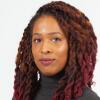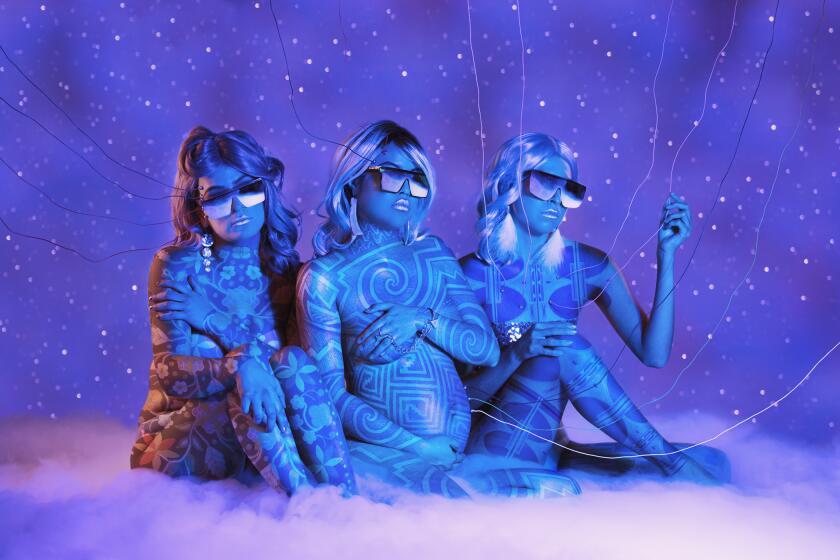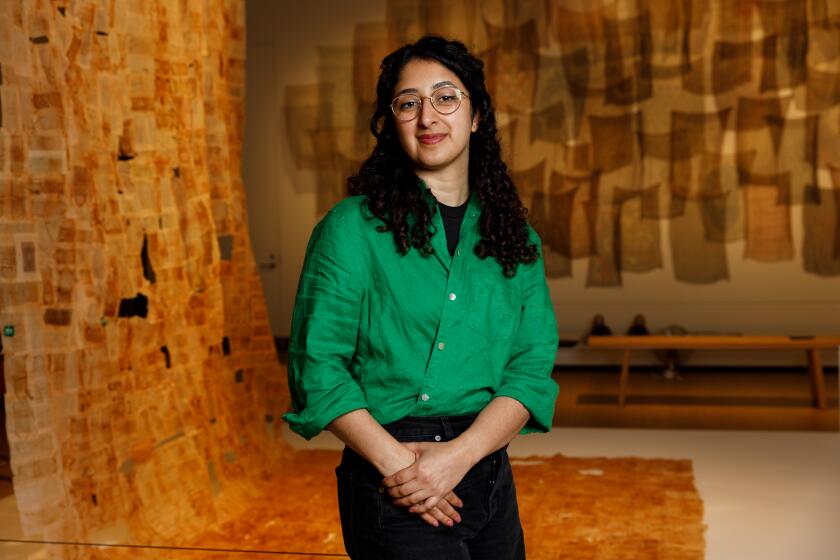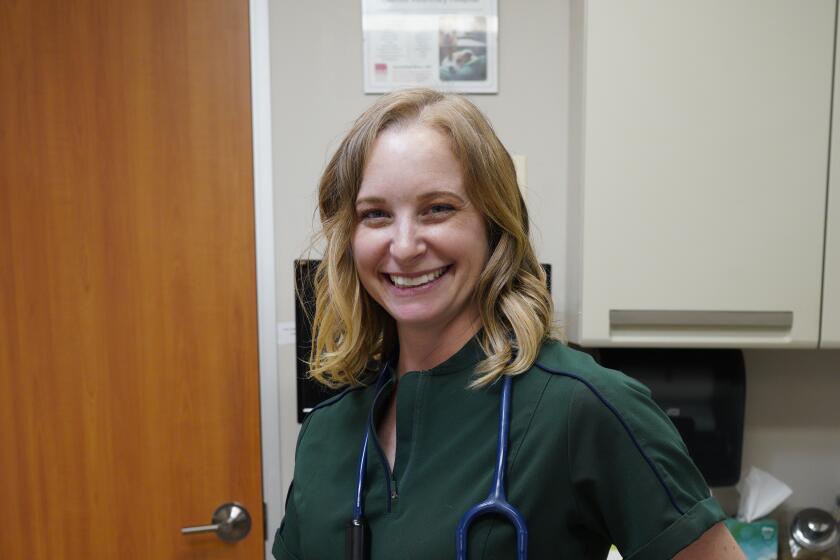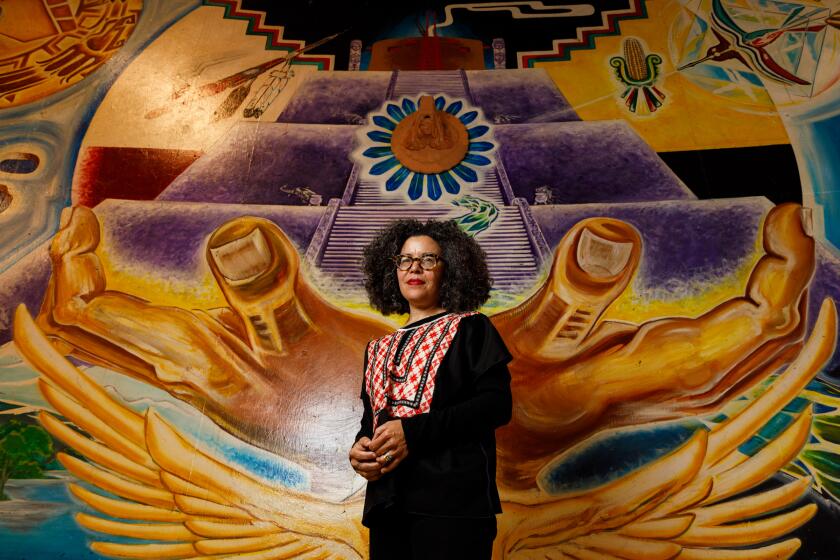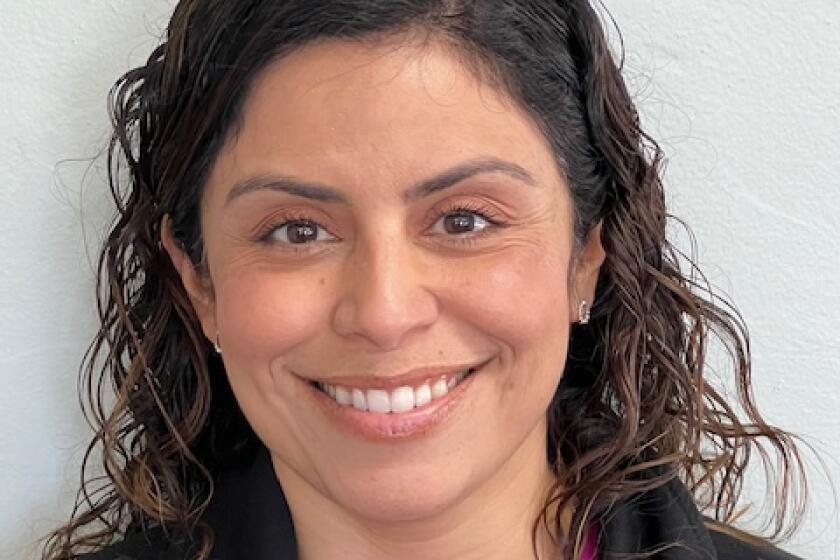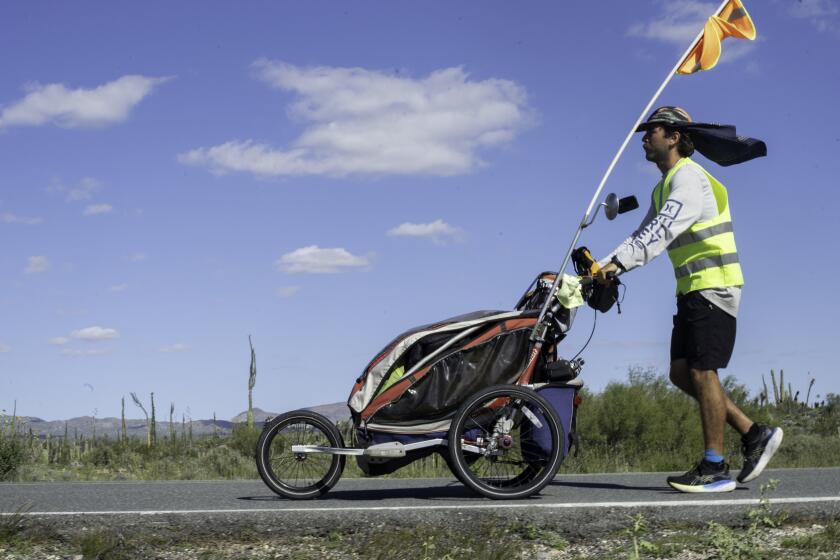San Diego college student pens children’s book to encourage underrepresented kids in STEM

Taylor Brown is a senior at the University of San Diego, where she’s vice president of the school’s chapter of the National Society of Black Engineers and recently wrote a children’s book to help encourage young kids toward exploring an interest in STEM-related subjects, titled “What Do You Know About...STEM!”
While Taylor Brown thought she was better at science and math than she was at English and writing, it turns out that she could pursue both. She made the switch to STEM (science, technology, engineering, math) subjects in high school, but during a recent summer research program in Sweden, she found time to write and publish her first children’s book, “What Do You Know About…STEM!”
“The book idea actually came from my mom. We have talked about me writing a book since I was 8 years old, but I have been procrastinating, as you can see,” the 21-year-old says. “I think my getting more involved in STEM outreach is what finally motivated me to sit down and write it. The passion was not there until then.”
The 27-page alphabet book covers 26 STEM-related topics, with each letter of the alphabet representing something different. There are pictures and facts to go along with each one to give the kids some inspiration for further exploration on their own. She wanted to present STEM to young children in a way that would be fun and interactive, and for them to find something in the field that inspired passion. It was important to her that young children understand that STEM is not only exciting but possible for them, too.
Brown, a senior at the University of San Diego, is majoring in industrial and systems engineering, is vice president of the school’s chapter of the National Society of Black Engineers, and volunteers with the Links to STEM program, which addresses the underrepresentation of people of color in pursuing degrees and professions in STEM-related fields. She lives in downtown San Diego’s East Village, while her parents and younger sister are back home in Las Vegas, and plans to graduate next year. She took some time to talk about her book, her love of science and math, and why greater representation in her chosen field is so important.
Q: What first sparked your own interest in STEM?
A: I probably first started to think about STEM in high school. It’s funny because for most of my school life, I thought I was better at English and subjects like that. It wasn’t until high school that I discovered that I wasn’t too good at that anymore and that I excelled more in math and science classes. I liked how there were so many things I could be a part of with STEM. So much of the world around us is a product of someone who was good at math or science. I thought that was so cool and wanted to learn more about it and how I could fit into that picture. Also, some of my favorite teachers have been math and science teachers, so that probably had a role in my interest.
Q: Why was this something you wanted to pursue academically and professionally?
A: I came to engineering after a little bit of trial and error during my freshman year of college. I came in thinking that I wanted to either be a computer science major or an architecture major. After taking a class in each department, I realized that I wasn’t crazy about either one of them. So, I decided to take an introductory engineering class and instantly knew that it would be for me. Industrial and systems engineering is my specific major, and it involves process improvement, sustainability, simulation, etc. It basically encompasses what I imagine an engineer does, which is solve problems and make everyone else’s lives work smarter and not harder. I am really glad I found it, and it is definitely the profession for me.
I think STEM is rewarding. I knew that my classes would be challenging, but interesting at the same time. I also knew that there would be job security with an engineering degree because the world will always have problems. Overall, it’s something that I am good at, enjoy being good at, and it challenges me every day.
Q: The target demographic for your book is kids between 3 and 6 years old? Why did you want to focus on this age group in a book about science, technology, engineering and math?
A: I wanted to hit a young demographic so that they can start to learn about STEM as soon as possible. I wasn’t introduced to the idea of being an engineer until I was in high school, and I think that this is a common occurrence for a lot of minority children; I wanted to change that. I think, by introducing these topics early, we can inspire more kids to develop an interest in their math and science classes and increase representation in STEM careers later on.
What I love about East Village ...
I love that I have so many options of bars, restaurants and cafes right around the corner from where I live. No need to drive or anything — it’s all just so close and accessible.
Q: What was your process for making the material accessible to kids that young?
A: I had to put myself in the mindset of a child in order to write this book, for sure. I had to think about what they would find interesting and what they would be able to handle. Science can have some complicated jargon, so I needed to simplify it a little. For example, the letter “I” is for “ice cream.” The angle I took is that ice cream is sort of like an experiment you can do, it’s like chemistry. Obviously, I was not going to include big words like “chemistry,” or anything like that for that age group. However, they probably know about ice cream and maybe they’ll get interested in learning about how it can be made from scratch.
Q: You’re also vice president of the USD chapter of the National Society of Black Engineers. Why is it important to you to see more Black people, and other underrepresented groups, in STEM fields?
A: Representation is everything, and that’s why it is so important that more Black people enter the engineering field each year. If young, Black children can see that people who look like them can become these cool and important people, that inspires them to follow in their footsteps. Right now, I am literally the only Black person in some of my engineering courses. This has got to change, and I am doing my part in making that change happen through my involvement in NSBE and with my book.
Q: What are some ways that you recall being taught about science and math over the years that made it exciting and feel accessible to you?
A: I think what makes STEM exciting and accessible to me is the encouragement I get from my professors and peers. When other people acknowledge my hard work and passion for what I do, it really means a lot, especially when it comes from people that I admire or look up to. The kind words I have received from my peers and professors is what keeps me going and liking STEM. Also, I get to learn something new every day about how the world works around me. What can be more exciting than that?
Q: What are your plans after graduation? What do you see yourself doing, professionally?
A: I have a job lined up for after graduation that involves data analytics, so I am excited to build my career in that field. Professionally, I am not totally sure what I want to do. I am taking this time in my life to try out different things to see where I excel the most.
Q: What did this process of writing the book teach you about yourself?
A: It has taught me to go outside of my comfort zone more often. Never in a million years would I have thought I would be getting this much attention for a book I wrote. I was so nervous to tell others about my book because I was scared that they wouldn’t like it, or think it looks stupid or something. That fear turned out to be completely irrational because I have received a lot of kind words over the last few months since the word got out. It taught me to not doubt myself and to just go for what you want to do. You never know what could come your way.
Q: What is the best advice you’ve ever received?
A: To never worry about what others think of you. Do what makes you happy and only focus on that. I think we overestimate how much criticism we are going to receive from strangers on a daily basis. This helps me to stop overthinking and just do me.
Q: What is one thing people would be surprised to find out about you?
A: People are always surprised when they find out that I like to play chess! I’m still a beginner at it, but I enjoy it, nonetheless.
Q: Please describe your ideal San Diego weekend.
A: My ideal weekend would be meeting a friend for brunch downtown, walking around Seaport Village with a latte in hand. After saying goodbye, I’d watch movies or read a book in my apartment until around dinner time. Then, it’s time to order Thai food for takeout and go to bed. Repeat it again the next day. I definitely enjoy my solitude since my weeks are pretty hectic.
Get Essential San Diego, weekday mornings
Get top headlines from the Union-Tribune in your inbox weekday mornings, including top news, local, sports, business, entertainment and opinion.
You may occasionally receive promotional content from the San Diego Union-Tribune.
